Steel metal cutting encompasses a variety of techniques, each suited to different needs and outcomes. Traditional methods like oxy-fuel cutting and manual sawing have been staples in metal fabrication for decades, offering simplicity and accessibility. Plasma cutting and waterjet cutting present more advanced alternatives, providing increased precision and versatility. Among these, CNC cutting services stand out as a premier option, leveraging computerized technology to achieve unparalleled accuracy and efficiency in steel cutting.
Introducing CNC Cutting Services as a Premier Option
CNC cutting services revolutionize how metal fabrication is approached by utilizing computer-controlled machinery to make precise cuts in steel and other metals. This method allows for complex shapes and designs to be executed with exact precision, which manual or less advanced machinery cannot replicate. The adaptability and speed of CNC cutting make it an ideal choice for projects requiring meticulous detail and quick turnarounds, setting a new standard in the realm of steel metal cutting.
Evaluating Project Needs: Key Considerations
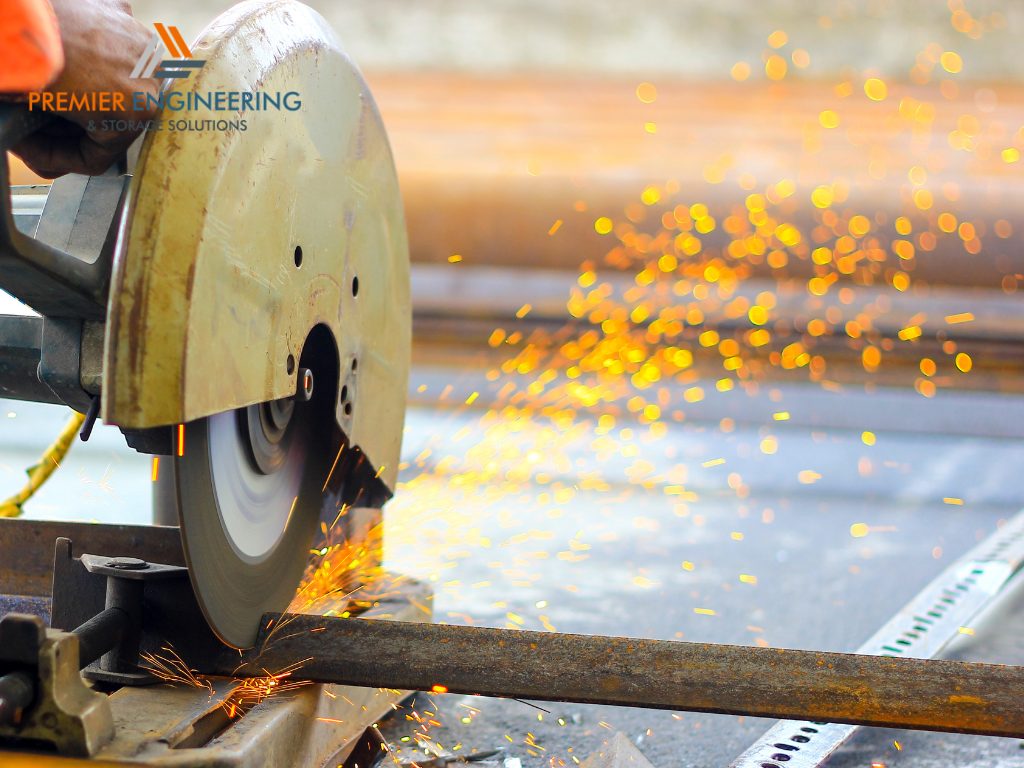
Assessing the Material Thickness and Type
Choosing the right cutting technique starts with a thorough assessment of the material’s thickness and type. Different steel varieties and thicknesses may react differently under various cutting methods. For instance, thicker steel plates might be more suited to plasma cutting, whereas CNC laser cutting could be optimal for thinner, more delicate precision work. Understanding the material specifications is crucial in selecting the most effective and efficient cutting method.
Understanding the Desired Precision and Finish
The project’s desired outcome in terms of precision and finish should significantly influence the choice of cutting method. CNC cutting services excel in producing highly accurate cuts and intricate designs, making them perfect for projects where detail and finish quality are paramount. If the project requires complex patterns, tight tolerances, or a smooth finish, CNC cutting presents a superior solution compared to more traditional methods that might not achieve the same level of detail or quality.
Detailed Comparison of Steel Cutting Techniques
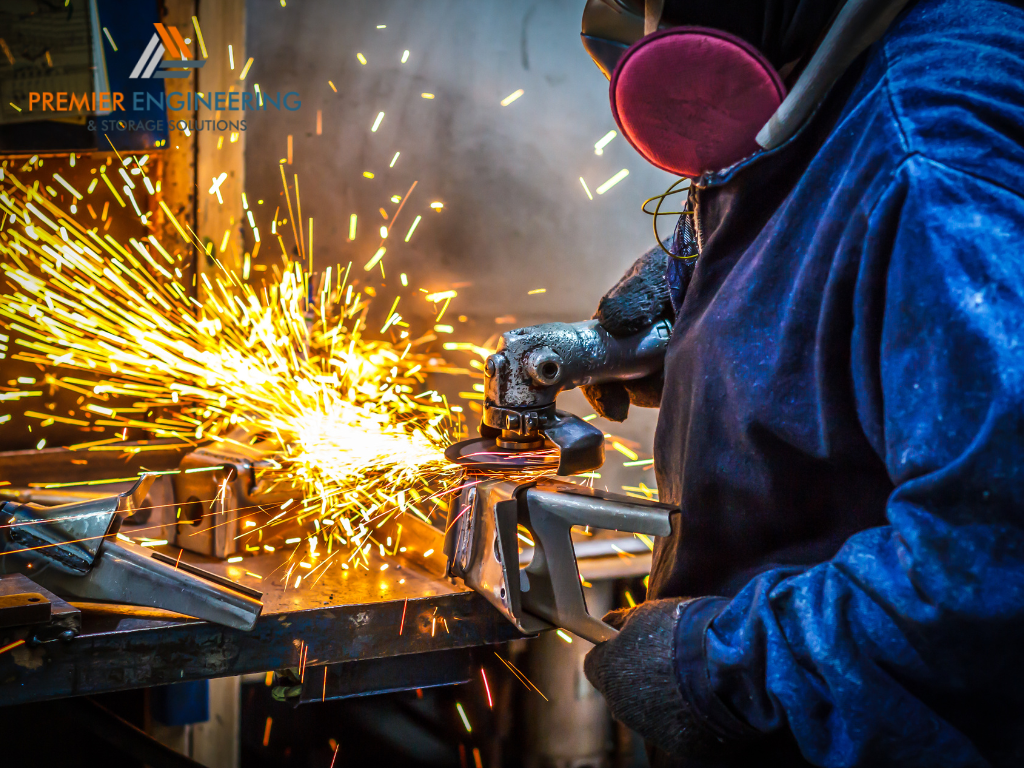
Contrasting CNC Cutting with Traditional Methods
Comparing CNC cutting to traditional methods highlights significant differences in precision, efficiency, and capabilities. While traditional methods rely heavily on manual effort and are better suited for straightforward, less complex tasks, CNC cutting offers automation and precision, catering to complex and high-volume projects. The technology-driven approach of CNC cutting minimizes human error, ensuring consistent quality across all pieces.
Benefits and Limitations of CNC Cutting Services
The benefits of CNC cutting services are numerous, including enhanced precision, reduced waste, and faster production times. The ability to program machinery allows for intricate designs to be replicated with high accuracy, while also providing flexibility in prototyping and design changes. However, limitations may include higher upfront costs compared to some traditional methods and the need for specialized design software and technical know-how. Despite these, the long-term efficiency, waste reduction, and consistency often outweigh initial investments, making CNC cutting a valuable asset for complex steel metal cutting projects.
CNC Cutting Services Explained
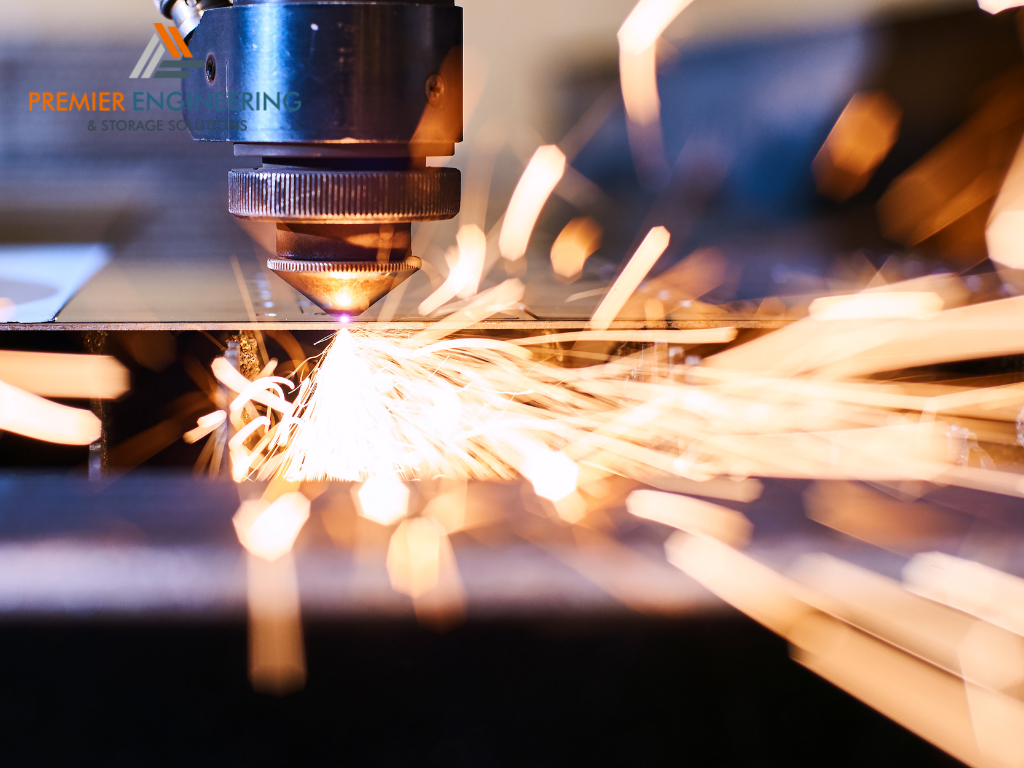
How CNC Cutting Works and Its Application in Steel Metal Cutting
CNC cutting involves the use of computer-controlled machines to cut steel metal into various shapes and sizes with exceptional precision. The process starts with a CAD (Computer-Aided Design) model or a digital drawing, which is then converted into a numerical code that the CNC machine can interpret. Through this code, the machine precisely maneuvers cutting tools to follow the designated path on the metal, creating clean and exact cuts. CNC cutting can be applied using various techniques, including laser, plasma, and waterjet, each suitable for different types of steel metal based on thickness, hardness, and desired finish.
The Advantages of CNC Cutting for Complex Designs and High Volume Projects
CNC cutting services shine when it comes to executing complex designs and managing high-volume projects efficiently. The technology allows for intricate patterns and details that would be challenging or impossible to achieve manually, with the added benefit of repeatability without loss of accuracy. For projects requiring uniformity across multiple pieces or large-scale productions, CNC cutting ensures consistent quality and adherence to specifications, making it an indispensable tool in modern manufacturing and fabrication.
Factors to Consider When Selecting CNC Cutting Services
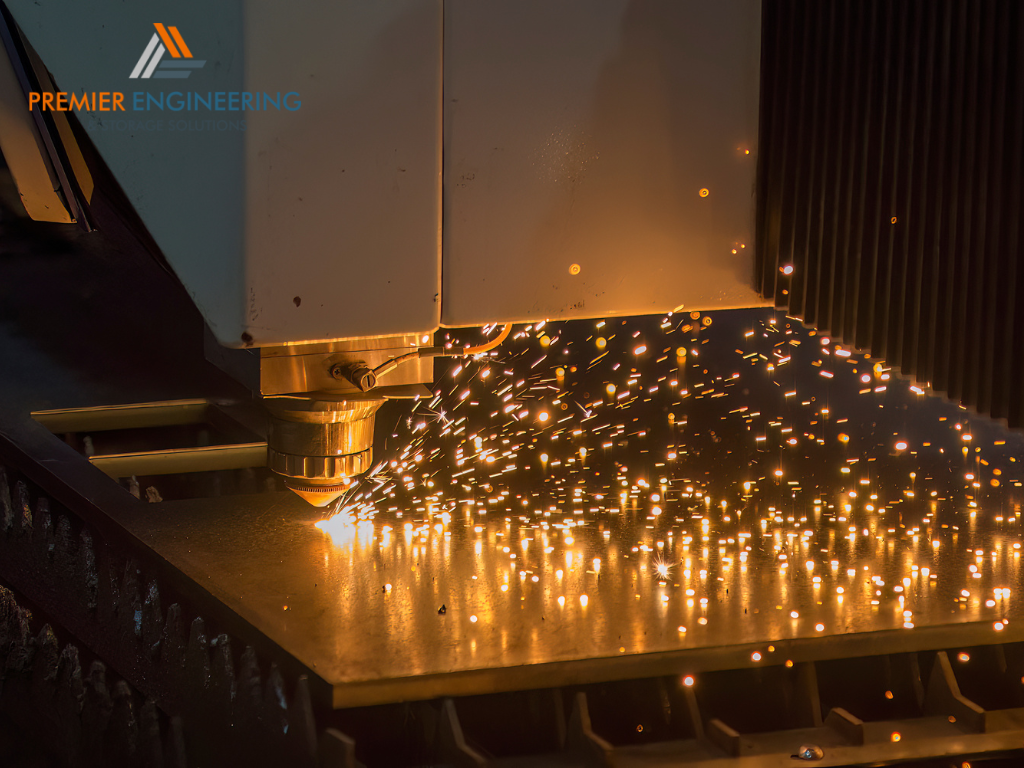
Accuracy and Precision: The Hallmarks of CNC Cutting
When selecting CNC cutting services, the ability to deliver high accuracy and precision should be top priorities. These factors are critical in ensuring that the final products meet the required specifications and fit together seamlessly in assembly. A reputable CNC cutting service should be able to demonstrate its capacity for precision through past projects, testimonials, or by offering prototypes to verify quality.
Speed and Efficiency: Analyzing CNC Cutting for Project Timelines
Another essential consideration is the service provider’s ability to execute projects swiftly and efficiently, contributing positively to overall project timelines. Advanced CNC machines can operate at remarkable speeds without compromising the quality of the cut, significantly reducing production times. Evaluating a service provider’s machinery, technology, and process management will give insights into their capacity to meet project deadlines.
Finding the Right CNC Cutting Service Provider
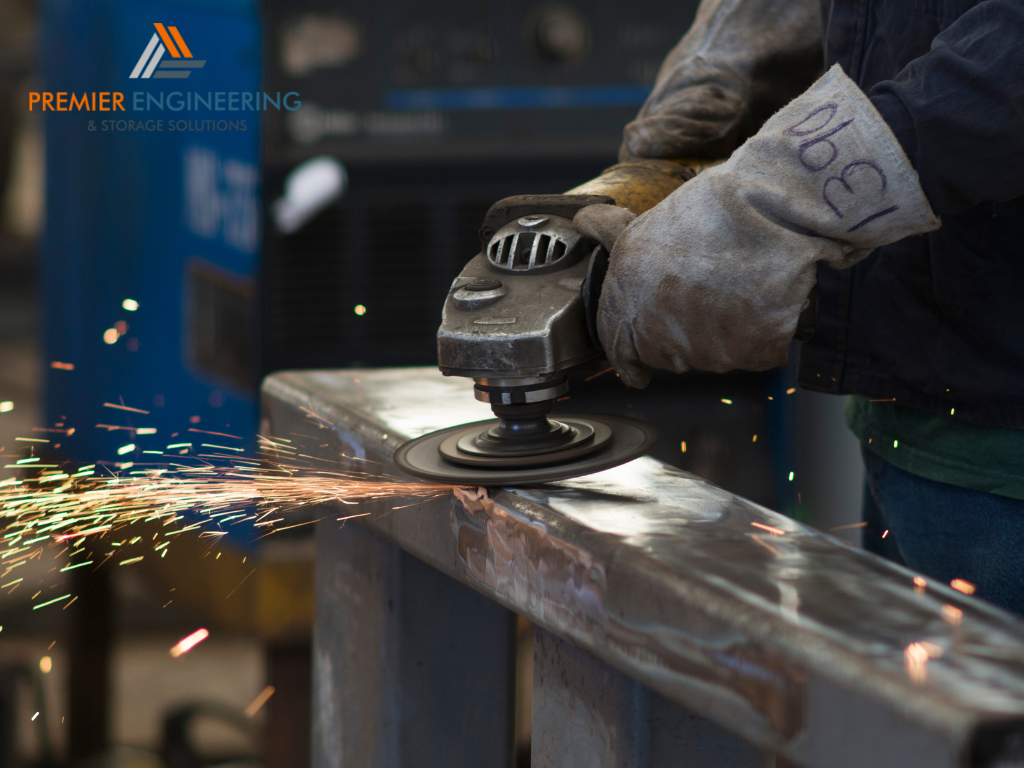
Criteria for Selecting a CNC Cutting Partner
Selecting the right CNC cutting service provider involves several criteria:
- Technology and Machinery: Assess the sophistication and maintenance of their CNC machines.
- Experience and Expertise: Look for providers with a strong track record in your specific application or industry.
- Quality Assurance: Ensure they have quality control processes in place to guarantee precision.
- Capacity: Verify they can handle your project’s volume and timelines.
Questions to Ask Potential CNC Cutting Service Providers
Before finalizing a partnership, consider asking potential providers the following questions:
- Can you share examples of similar projects you’ve completed?
- What quality control measures do you have in place?
- How do you handle project timelines and deadlines?
- Are there any material limitations with your CNC cutting services?
- How do you price your services, and what does that include?
Preparing Your Design for CNC Cutting

Design Considerations and File Preparation for CNC Cutting
When preparing a design for CNC cutting, it’s crucial to consider the specifics of the CNC process. This includes understanding the limitations related to the thickness of lines (cuts) and the minimum size details that can be accurately produced. Designs should be simplified to remove unnecessary complexities that might not translate well during the cutting process. Preparing your files typically involves using CAD software to create or convert your designs into a compatible format, such as DXF or DWG, which are commonly accepted by CNC machines. Ensuring your design is clean, with all vectors closed and no overlapping paths, will contribute to the precision of the cut.
Collaborating with CNC Technicians to Optimize Your Design
Working closely with CNC technicians can greatly enhance the outcome of your project. These professionals can offer valuable insights into the capabilities of CNC machines, suggest modifications to your design to improve cut quality or efficiency, and help you choose the best material for your needs. Sharing your project goals and constraints with them can lead to collaborative problem-solving, ensuring your design is optimized for CNC cutting from both a technical and aesthetic standpoint.
The Future of Steel Metal Cutting: Innovations in CNC Technology
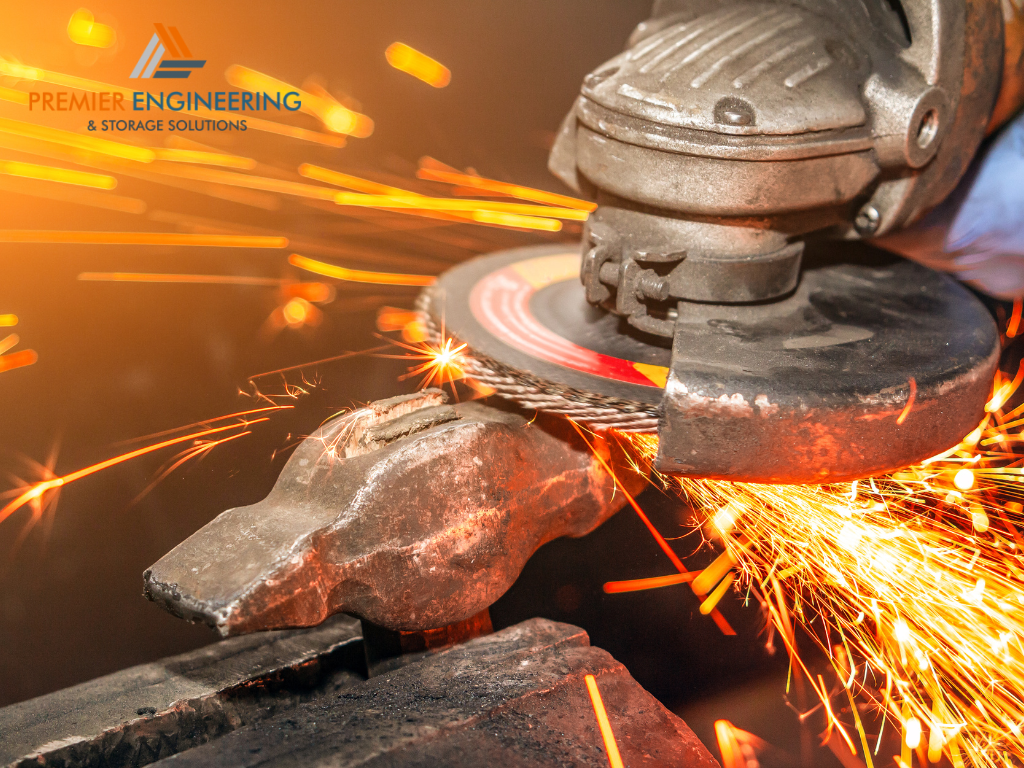
Emerging Technologies and Trends in CNC Cutting
The future of steel metal cutting is being shaped by continuous advancements in CNC technology. Innovations such as fiber laser cutting machines offer faster cutting speeds and greater energy efficiency. Automation and robotics are being integrated into CNC systems, enabling higher productivity and precision. AI and machine learning algorithms are beginning to predict machine wear and maintenance needs, reducing downtime and increasing the lifespan of cutting equipment.
The Impact of Technological Advancements on CNC Cutting Services
These technological advancements are revolutionizing CNC cutting services, making them more efficient, accurate, and cost-effective. The ability to cut more complex designs at faster speeds without sacrificing quality opens up new possibilities for customization and creativity in metal fabrication. As CNC technology continues to evolve, it’s expected that services will become even more accessible to a wider range of industries, further broadening the applications of CNC cutting in manufacturing and beyond.
Conclusion
For projects that demand high precision, intricate designs, or efficient production of high volumes, CNC cutting services offer a compelling solution. The ability to work closely with technicians to optimize your design further enhances the value CNC cutting brings to your project. As technology advances, choosing CNC cutting services ensures that your projects benefit from the latest innovations in the field, providing quality, speed, and cost-efficiency. Making an informed decision for your steel cutting needs means considering CNC cutting as a top contender to meet and exceed your project’s requirements.

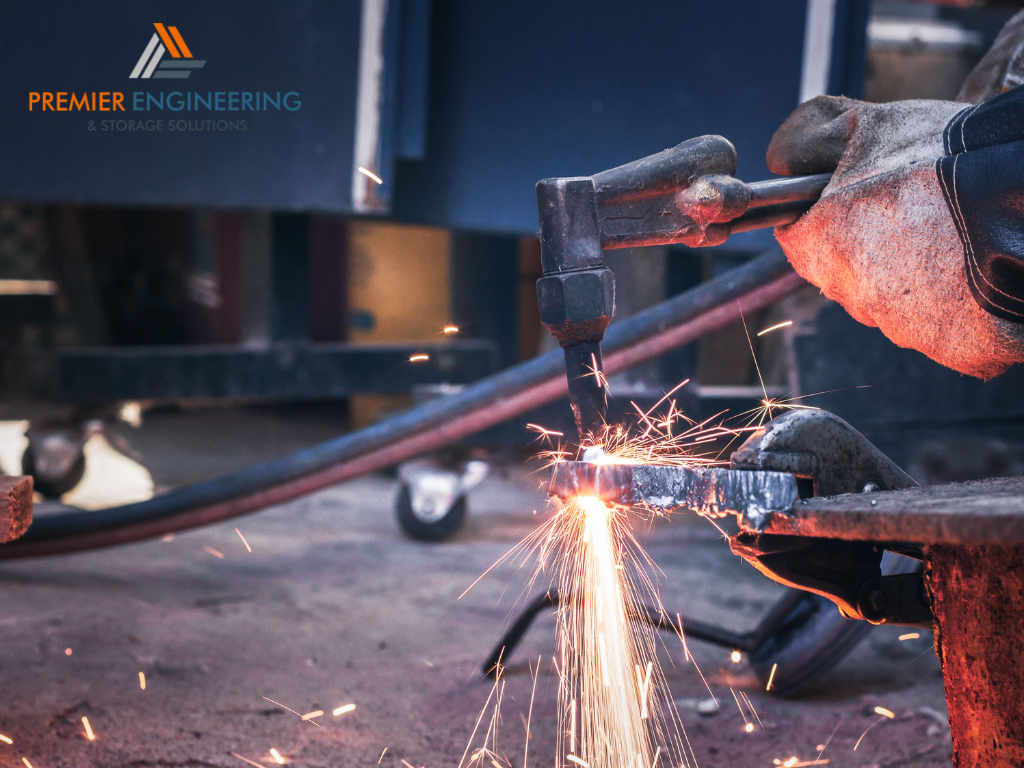
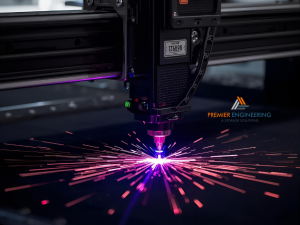
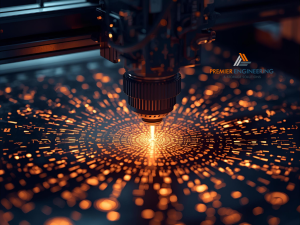


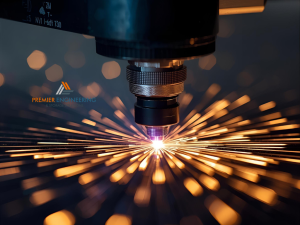
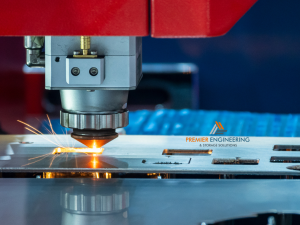

One response to “CNC Cutting Services | Optimal Steel Project Methods”
[…] the appropriate CNC machine for your sheet metal manufacturing needs is crucial to ensuring efficient production, high-quality output, and cost-effectiveness. The […]